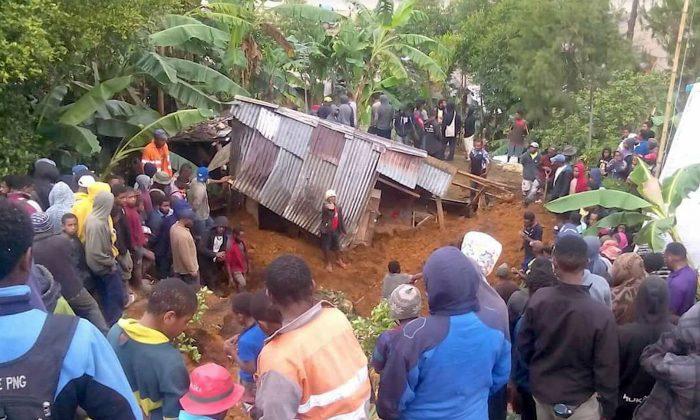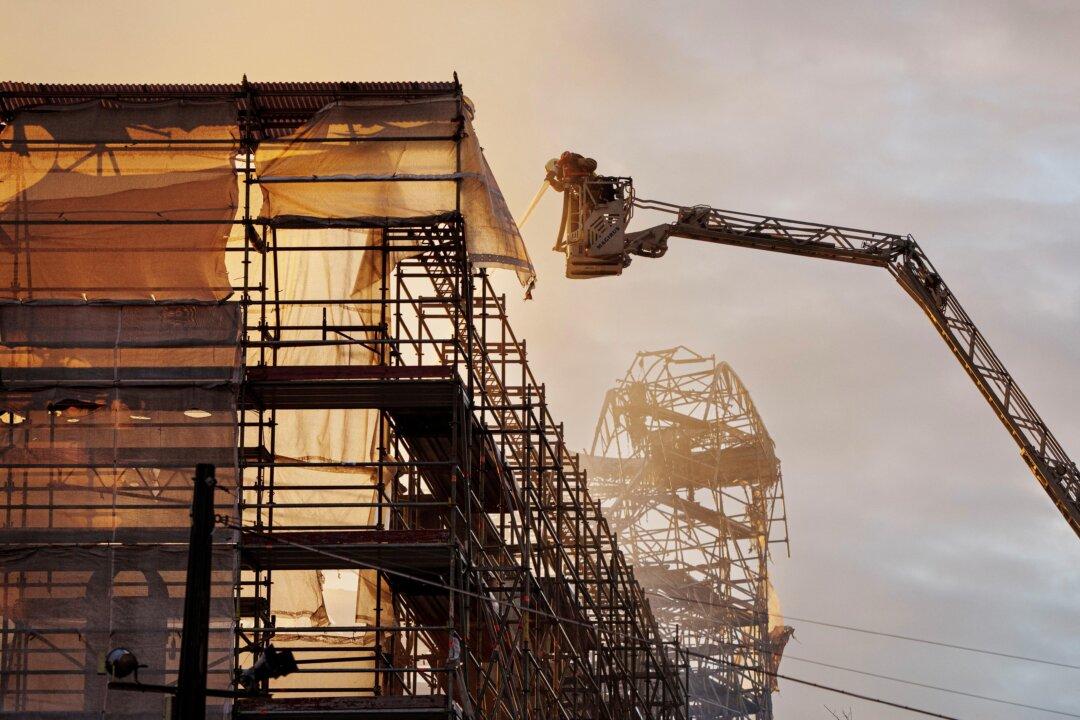SYDNEY/WELLINGTON—Strong aftershocks rocked Papua New Guinea’s remote and rugged highlands on Monday, a week after a deadly magnitude 7.5 earthquake killed at least 31 people.
Three aftershocks stronger than magnitude 5 shook the mountainous Southern Highlands, about 600 km (370 miles) northwest of the capital Port Moresby early on Monday, the U.S. Geological Survey said, including a shallow magnitude 6 quake.
“We haven’t slept. It’s been shaking all through the night,” said William Bando, provincial administrator of Hela Province, by telephone from Tari, about 40 km from where the shocks hit.
“What we experienced this morning could have caused more damage, but we don’t know ... it almost threw me out of bed.”
The national disaster center in Port Moresby could not immediately be reached by telephone.
The strong tremors hit a region already badly damaged by the magnitude 7.5 quake that struck on Feb. 26, the largest to hit the seismically-active highlands in nearly a century, triggering landslides, flattening buildings and closing oil and gas operations.
Dozens of aftershocks 5.0 or greater in magnitude have rocked the region since the main quake last Monday.
While the region has no major urban centers, around 670,000 people live within 100 km (62 miles) of the epicenter, according to the Red Cross.
At least 13 people were killed when hamlets nearest the epicenter were buried. Most of the other casualties were in the provincial capital of Mendi and the township of Tari, officials told Reuters.
The quake has been felt on global natural gas markets, with ExxonMobil Corp declaring force majeure on exports from Papua New Guinea, according to an industry source, pushing Asian spot liquefied natural gas (LNG) prices 5 percent higher.
The company declined to comment.
Aid agencies have said nearly 150,000 people remain in urgent need of emergency supplies.
Australia, New Zealand and the Red Cross have all pledged aid, though reaching the remote area has proven challenging as forbidding terrain, bad weather, as well as damaged roads and runways have delayed aid efforts.
“The rugged terrain and loss of communications in the area impacted means it is taking time to build a complete picture of the damage but we know that tens of thousands of people are reported as requiring humanitarian assistance,” New Zealand Foreign Affairs Minister Winston Peters said in a statement on Monday.






Friends Read Free